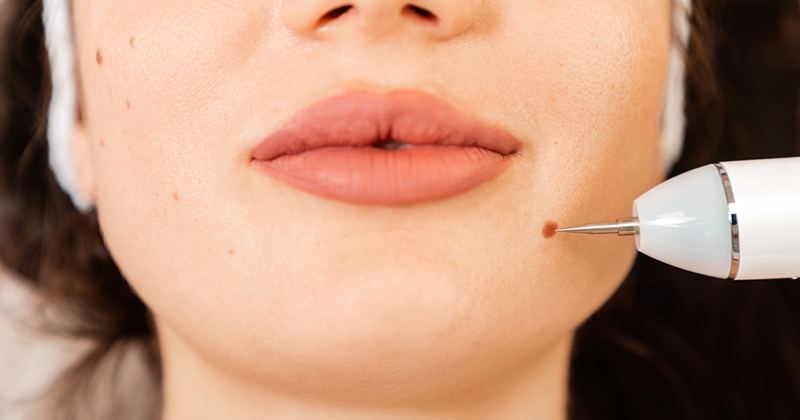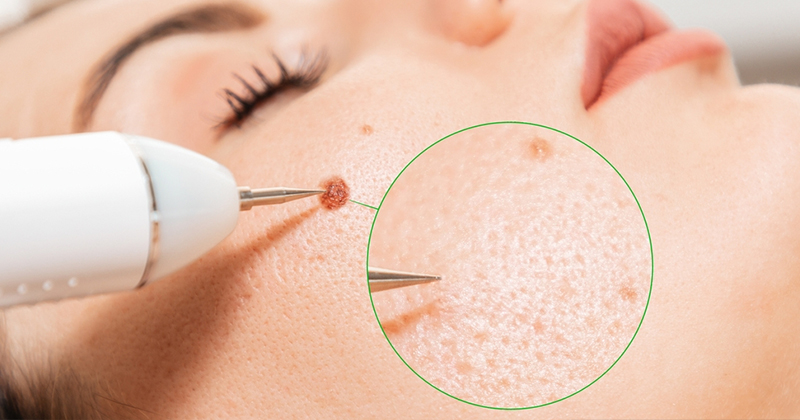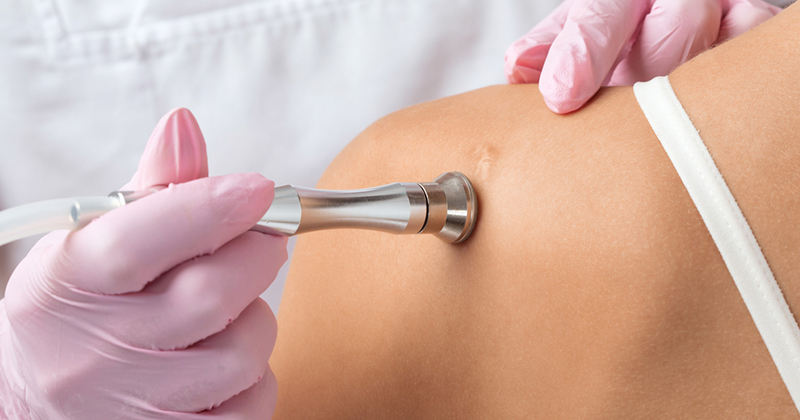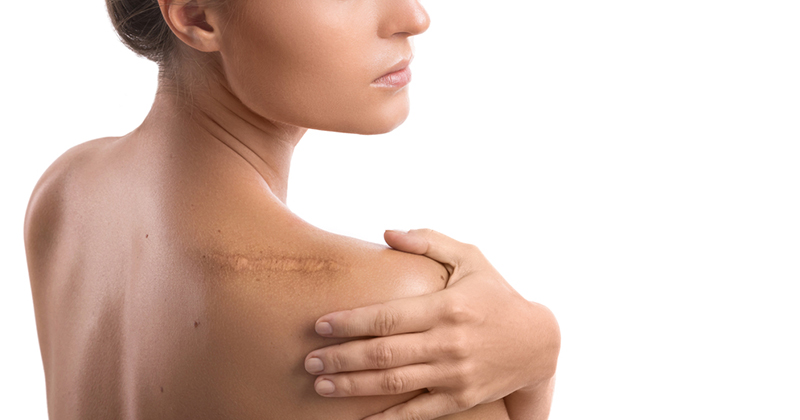Warts are raised bumps on your skin caused by the human papillomavirus (HPV).
Warts have plagued humans for thousands of years — they have been discoveredTrusted Source on a 3,000-year-old mummy and were mentioned by Shakespeare.
Although warts generally aren’t dangerous, they can be uncomfortable, potentially embarrassing, and contagious. They can also be painful. However, warts can be treated, either at home or by a medical professional.
When skin is injured, fibrous tissue called scar tissue forms over the wound to repair and protect the injury. In some cases, extra scar tissue grows, forming smooth, hard growths called keloids. Keloids can be much larger than the original wound. They’re most commonly found on the chest, shoulders, earlobes, and cheeks. However, keloids can affect any part of the body. Although keloids aren’t harmful to your health, they may create cosmetic concerns.
Skin tags are soft, noncancerous growths that usually form within the skin folds of the neck, armpits, breasts, groin area, and eyelids. These growths are loose collagen fibers that become lodged inside thicker areas of the skin.
Skin tags are also extremely common, affecting almost half of the population, Kemunto Mokaya, MD, tells Healthline. She says they’re also more common among older adults, people with overweight, and people with diabetes.
These skin lesions are usually harmless, but they can be painful when snagged by jewelry or clothing. If these growths are bothersome, relief is available. Here’s a look at a few home remedies, over-the-counter products, and surgical options to get rid of skin tags.



